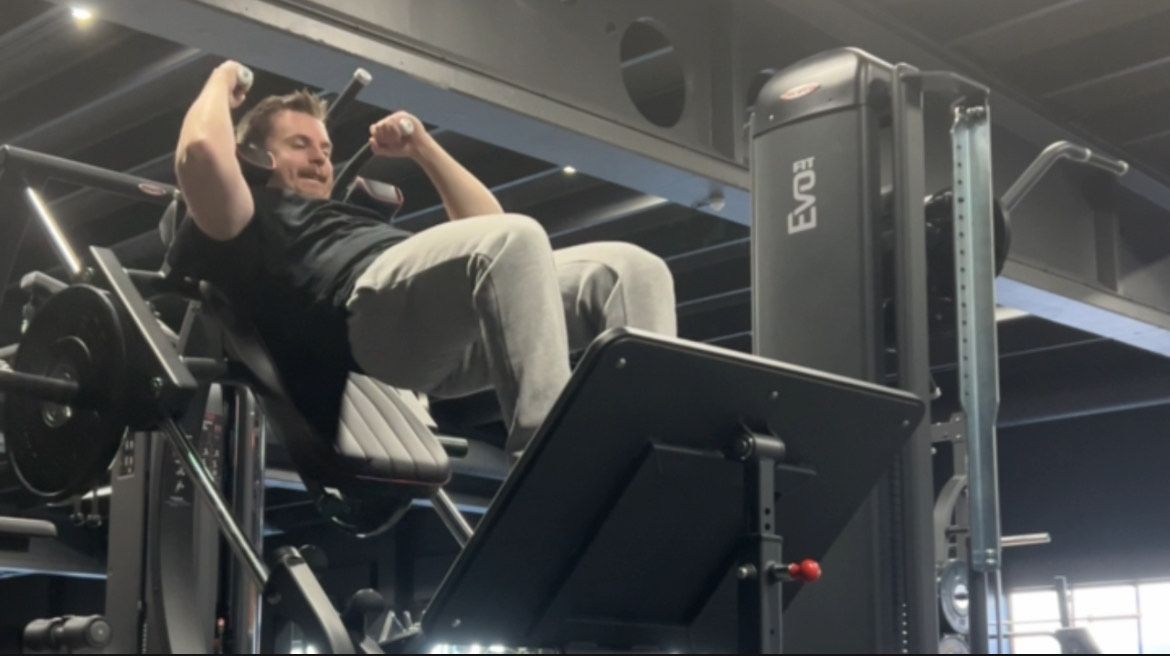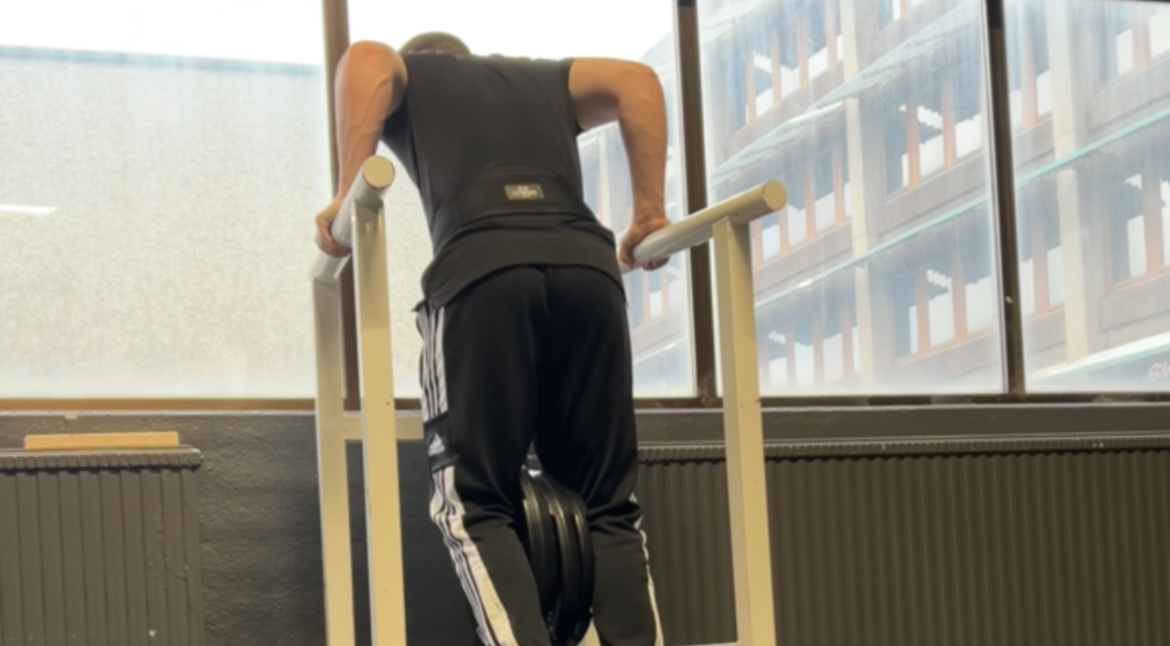Neck training
Why should you train your neck?
Neck training is often overlooked in many fitness routines, but it plays a crucial role in overall strength, posture, and injury prevention. A strong neck not only contributes to a balanced physique but also supports the head and spine, reducing the risk of injuries, especially in contact sports. Here’s why you should prioritize neck training and how to do it effectively.
Why You Should Do Neck Training
- Injury Prevention:
- Sports and Athletics: A strong neck is essential for athletes involved in contact sports such as football, rugby, and wrestling. It helps in reducing the risk of concussions and other neck-related injuries by providing better support during impacts.
- Everyday Activities: Neck training can also help in preventing injuries from everyday activities, such as sudden movements or falls, by strengthening the muscles that support the cervical spine.
- Improved Posture:
- A strong neck contributes to better posture by supporting the head in its proper alignment. This reduces the strain on the cervical spine and helps in preventing postural issues such as forward head posture and rounded shoulders.
- Alleviating Pain:
- Neck training can alleviate chronic neck pain by strengthening the muscles that support the cervical spine. This is particularly beneficial for individuals who spend long hours at a desk or in front of a computer, where poor posture can lead to neck and shoulder pain.
- Enhanced Aesthetics:
- A well-developed neck contributes to a balanced and proportional physique. It adds to the overall muscular appearance, especially in bodybuilders and fitness enthusiasts.
How to Effectively Train Your Neck
- Neck Flexion and Extension:
- Exercise: Neck Flexion
- How to Do It: Lie on your back on a bench with your head hanging off the edge. Slowly bring your chin towards your chest, then return to the starting position.
- Repetitions: Perform 3 sets of 10-15 repetitions.
- Exercise: Neck Extension
- How to Do It: Lie face down on a bench with your head hanging off the edge. Lift your head upwards, then return to the starting position.
- Repetitions: Perform 3 sets of 10-15 repetitions.
- Neck Lateral Flexion:
- Exercise: Neck Side Bends
- How to Do It: Sit on a bench with your back straight. Slowly tilt your head to the side, bringing your ear towards your shoulder, then return to the starting position. Repeat on the other side.
- Repetitions: Perform 3 sets of 10-15 repetitions on each side.
- Neck Rotation:
- Exercise: Neck Rotations
- How to Do It: Sit or stand with your back straight. Slowly turn your head to one side as far as comfortable, then return to the center. Repeat on the other side.
- Repetitions: Perform 3 sets of 10-15 repetitions on each side.
- Resistance Band Exercises:
- Exercise: Resistance Band Neck Flexion
- How to Do It: Attach a resistance band to a stable object. Place the band around the back of your head and step back to create tension. Slowly bring your chin towards your chest, then return to the starting position.
- Repetitions: Perform 3 sets of 15-20 repetitions.
- Exercise: Resistance Band Neck Extension
- How to Do It: Attach a resistance band to a stable object in front of you. Place the band around your forehead and step back to create tension. Slowly move your head backwards, then return to the starting position.
- Repetitions: Perform 3 sets of 15-20 repetitions.
- Weighted Neck Exercises:
- Exercise: Weighted Neck Flexion and Extension
- How to Do It: Use a neck harness or head strap with a weight attached. Perform neck flexion and extension exercises as described above, with the added resistance.
- Repetitions: Start with light weights and perform 3 sets of 10-12 repetitions, gradually increasing the weight as your strength improves.
Tips for Safe and Effective Neck Training
- Warm-Up: Always start with a proper warm-up to increase blood flow to the neck muscles and reduce the risk of injury. Simple neck stretches and light mobility exercises can be effective.
- Progress Gradually: Begin with bodyweight exercises and gradually incorporate resistance as your neck strength improves. Avoid sudden increases in weight to prevent strain.
- Maintain Good Form: Focus on slow, controlled movements to ensure proper muscle activation and reduce the risk of injury. Avoid using momentum to perform the exercises.
- Consistency: Incorporate neck training into your routine 2-3 times per week. Consistency is key to developing strength and preventing injuries.
- Listen to Your Body: Pay attention to any signs of discomfort or pain. If you experience sharp pain, stop the exercise immediately and consult a professional if necessary.
Conclusion
Neck training is an essential yet often neglected component of a comprehensive fitness regimen. By strengthening the neck muscles, you can enhance posture, prevent injuries, alleviate pain, and achieve a balanced physique. Start incorporating neck exercises into your routine gradually, focusing on proper form and consistency to reap the benefits of a strong and resilient neck.











